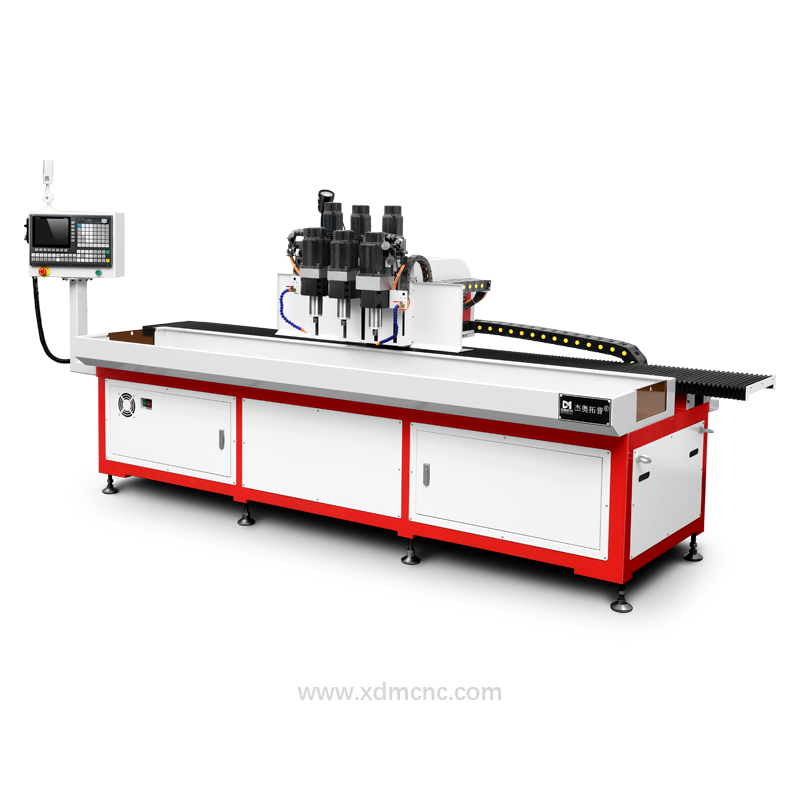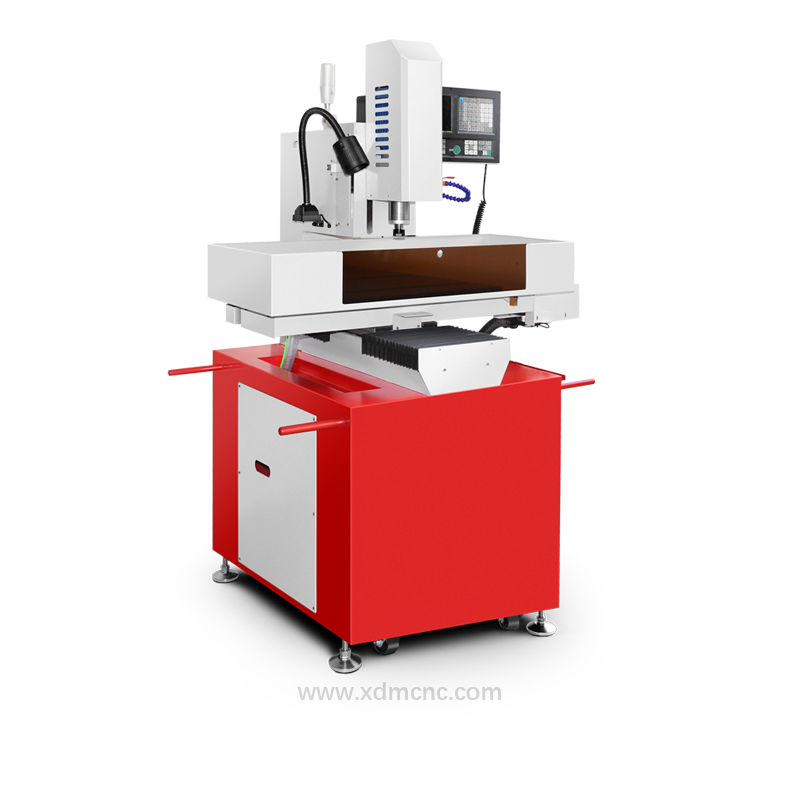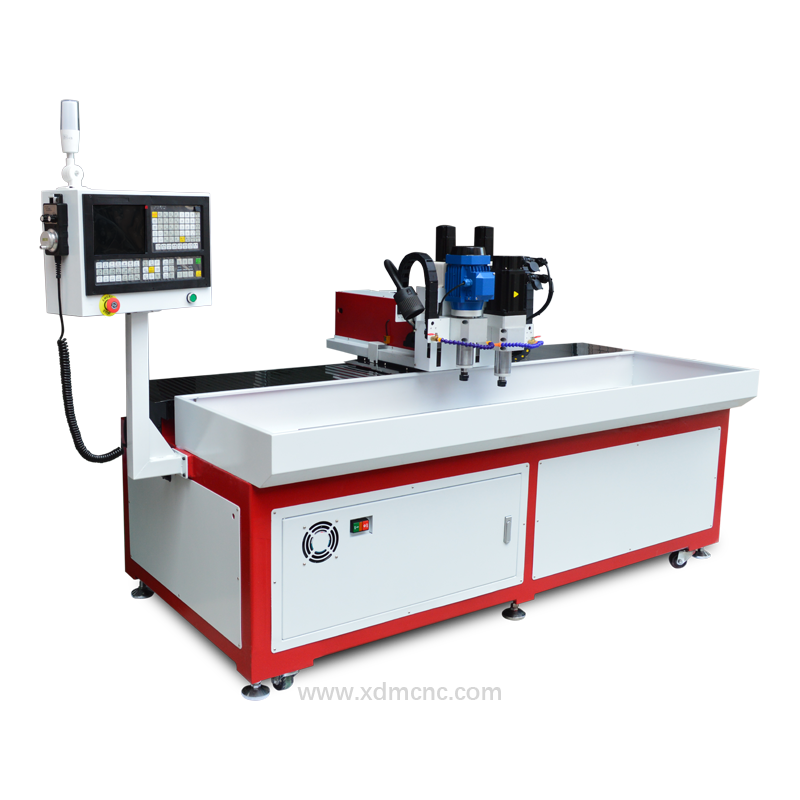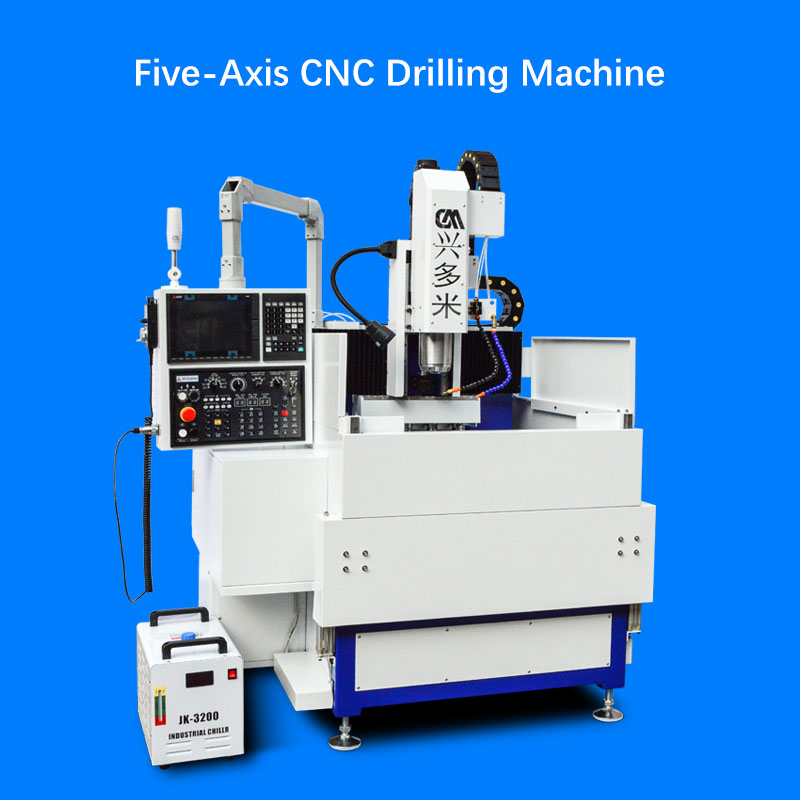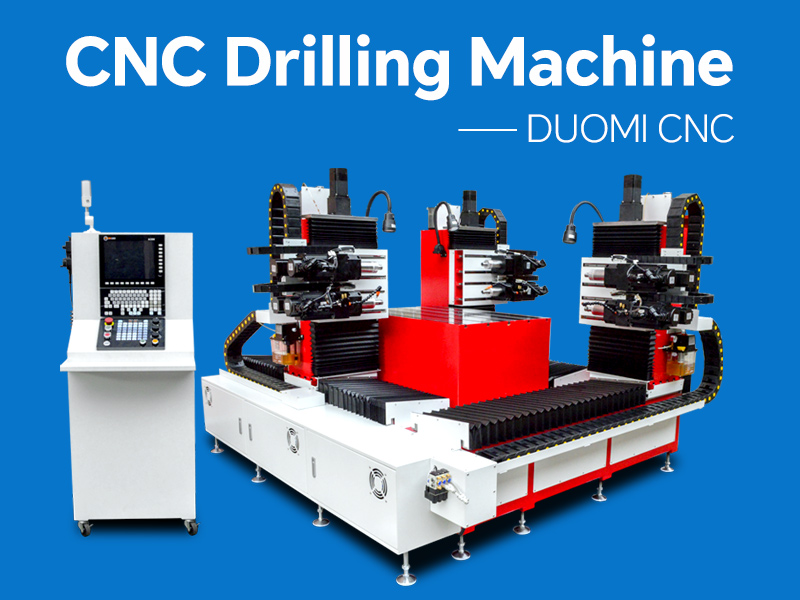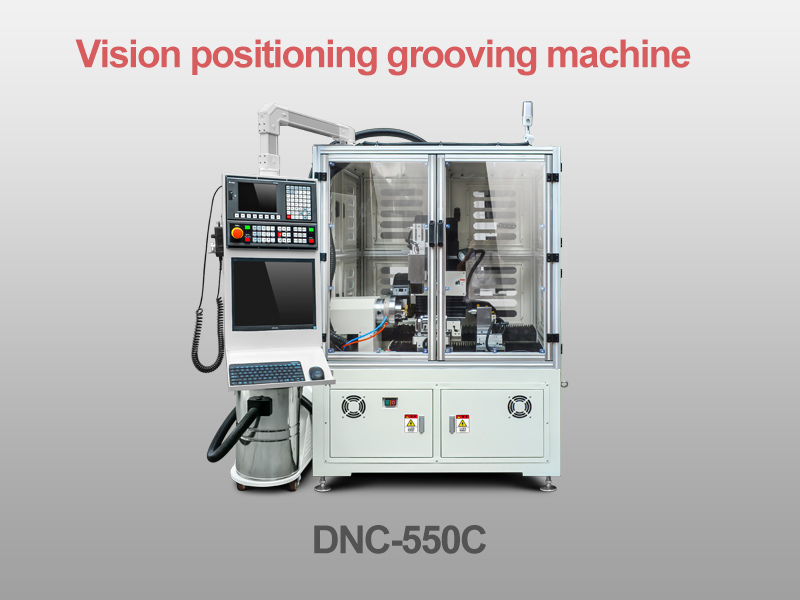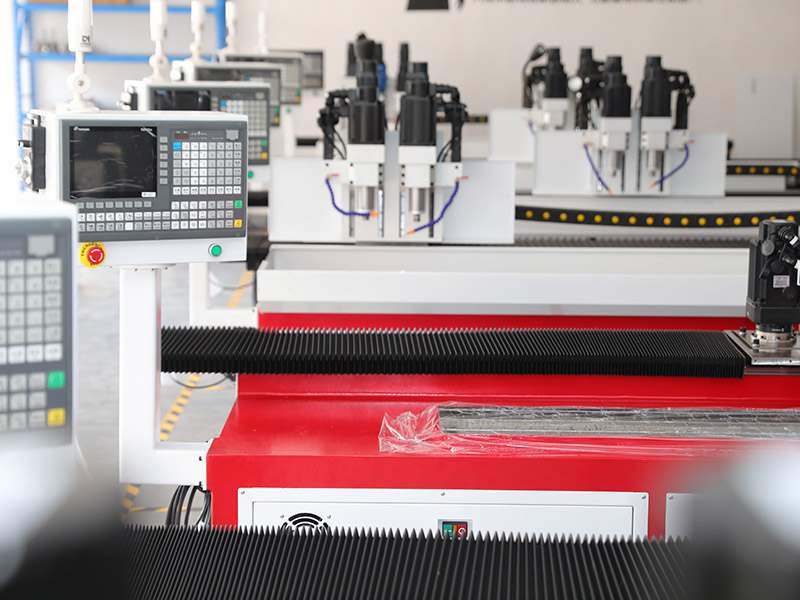Computer Numerical Control (CNC) drilling machines have revolutionized the manufacturing industry by offering unparalleled precision, efficiency, and versatility in drilling operations. This article delves into the fundamental aspects of CNC drilling machines, exploring their working principles, key components, advantages, applications, and future trends. By understanding the intricacies of these machines, manufacturers can optimize their production processes and stay competitive in an increasingly demanding market.
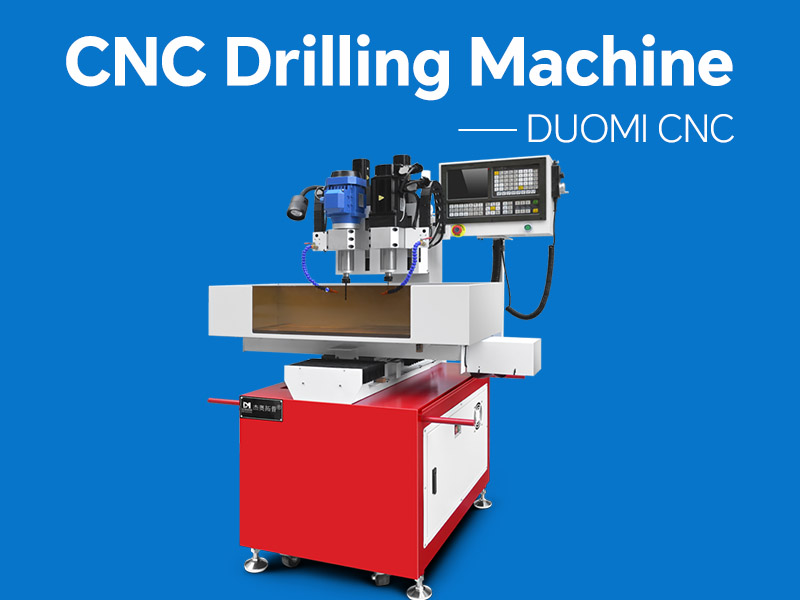
1. Introduction
The advent of CNC technology has transformed traditional machining processes, and drilling is no exception. CNC drilling machines have become indispensable in various industries, including aerospace, automotive, electronics, and medical device manufacturing. These machines automate the drilling process, ensuring consistent quality and reducing human error. This article provides a comprehensive overview of CNC drilling machines, highlighting their significance in modern manufacturing.
2. Working Principles of CNC Drilling Machines
CNC drilling machines operate based on pre-programmed computer software that controls the movement of the drill bit. The process begins with the creation of a CAD (Computer-Aided Design) model, which is then converted into a CNC program using CAM (Computer-Aided Manufacturing) software. The CNC program contains a series of instructions that dictate the machine's movements, including the position, speed, and depth of the drill.
The machine's controller interprets these instructions and drives the motors to move the drill bit along the specified path. The spindle, which holds the drill bit, rotates at high speeds to create holes in the workpiece. The entire process is automated, ensuring precise and repeatable results.
3. Key Components of CNC Drilling Machines
A CNC drilling machine comprises several critical components that work in harmony to achieve accurate drilling operations:
Frame and Base: The frame provides structural support, ensuring stability and rigidity during drilling. The base anchors the machine to the floor, minimizing vibrations and enhancing precision.
Spindle: The spindle is the rotating component that holds the drill bit. It is driven by a motor and can operate at various speeds depending on the material and hole size.
Worktable: The worktable holds the workpiece in place during drilling. It can move along multiple axes (X, Y, and Z) to position the workpiece accurately under the drill bit.
Control Panel: The control panel houses the CNC controller, which interprets the CNC program and sends commands to the motors. It also allows operators to input commands and monitor the machine's status.
Coolant System: Drilling generates heat, which can damage the drill bit and workpiece. The coolant system delivers a steady stream of coolant to the drilling area, reducing heat and prolonging tool life.
4. Advantages of CNC Drilling Machines
CNC drilling machines offer numerous advantages over traditional drilling methods:
Precision: CNC machines can achieve extremely tight tolerances, ensuring that each hole is drilled to the exact specifications. This precision is crucial in industries where even minor deviations can lead to product failure.
Efficiency: Automation reduces the time required for drilling operations, increasing overall productivity. CNC machines can operate continuously, with minimal downtime for tool changes or adjustments.
Versatility: CNC drilling machines can handle a wide range of materials, including metals, plastics, and composites. They can also perform various drilling operations, such as peck drilling, deep hole drilling, and counterboring.
Consistency: Once a CNC program is created, the machine can produce identical parts repeatedly, ensuring consistent quality across large production runs.
Reduced Labor Costs: Automation reduces the need for manual labor, lowering labor costs and minimizing the risk of human error.
5. Applications of CNC Drilling Machines
CNC drilling machines are used in a variety of industries and applications:
Aerospace: In the aerospace industry, precision is paramount. CNC drilling machines are used to create holes in aircraft components, such as wings, fuselages, and engine parts. These machines can handle complex geometries and materials like titanium and composites.
Automotive: CNC drilling machines are used to drill holes in engine blocks, transmission cases, and other automotive components. They ensure that parts fit together perfectly, contributing to the overall performance and safety of vehicles.
Electronics: In the electronics industry, CNC drilling machines are used to create holes in printed circuit boards (PCBs). These holes are essential for mounting components and creating electrical connections.
Medical Devices: CNC drilling machines are used to manufacture medical devices, such as implants and surgical instruments. The precision of these machines ensures that devices meet strict regulatory standards.
Construction: CNC drilling machines are used in the construction industry to create holes in structural components, such as beams and columns. They ensure that components fit together securely, enhancing the stability of buildings and infrastructure.
6. Future Trends in CNC Drilling Machines
The future of CNC drilling machines is shaped by advancements in technology and evolving industry demands:
Integration with IoT: The integration of CNC machines with the Internet of Things (IoT) allows for real-time monitoring and data analysis. This connectivity enables predictive maintenance, reducing downtime and improving efficiency.
Artificial Intelligence (AI): AI algorithms can optimize drilling parameters, such as speed and feed rate, based on real-time data. This optimization enhances precision and reduces tool wear.
Additive Manufacturing: The combination of CNC drilling with additive manufacturing (3D printing) opens up new possibilities for creating complex geometries and reducing material waste.
Sustainability: As environmental concerns grow, CNC drilling machines are being designed to consume less energy and produce less waste. Coolant systems are also being improved to reduce the use of harmful chemicals.
7. Conclusion
CNC drilling machines have become a cornerstone of modern manufacturing, offering precision, efficiency, and versatility that traditional drilling methods cannot match. As technology continues to advance, these machines will play an increasingly important role in meeting the demands of various industries. By understanding the principles, components, and advantages of CNC drilling machines, manufacturers can leverage this technology to stay competitive and drive innovation in their fields.




